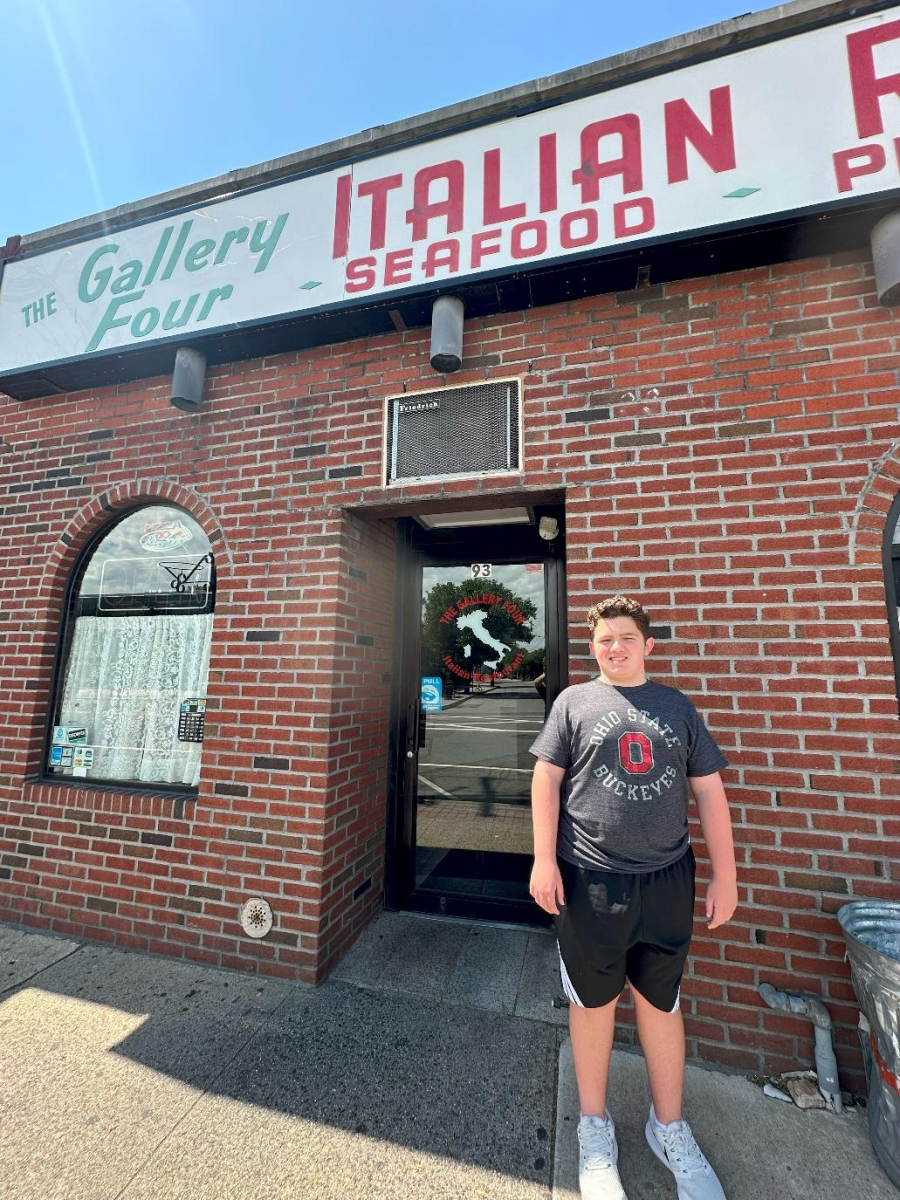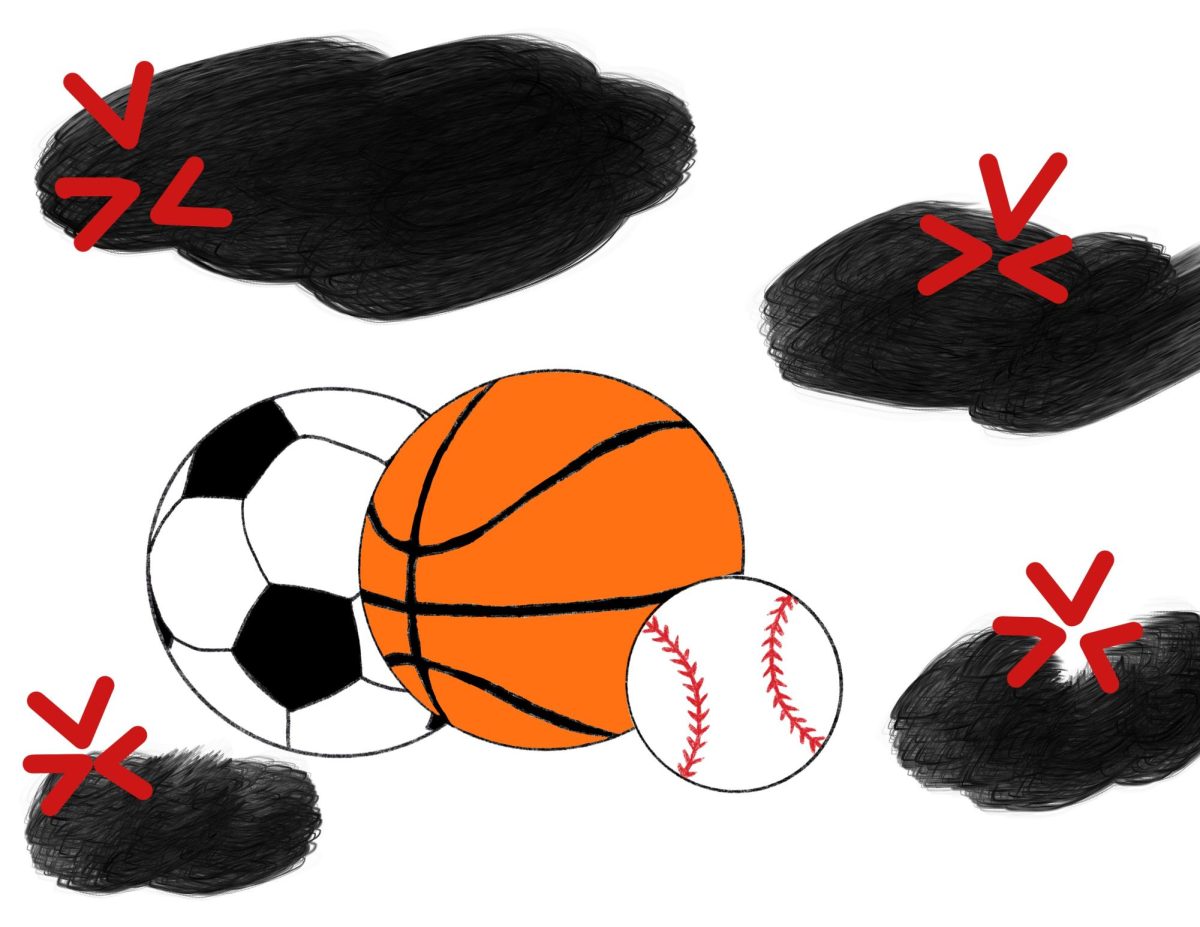The class of 2024 has recently tackled what is arguably the most difficult point and defining factor of one’s senior year: the college application process. This process is notoriously a stressful and confusing time for both applicants and parents. What follows once the process is finished is the sometimes rewarding, sometimes disheartening, admission decision. With any luck, applicants will receive the golden words–“an offer of admission”–but it is not always that easy, nor is an admission decision as easy as a rejection. What is most puzzling are the “in-between” statuses: waitlists and deferrals. Deferrals in particular are becoming ridiculously overused; schools should stop advertising early action if they are unable to handle the number of applicants within the time period.
The concept of a waitlist is relatively simple. Applicants are put on a waitlist when colleges believe the applicant would be a good fit for their school but they have limited spots. If a spot opens up, the student is then admitted to the school. Many end up getting accepted, and in some cases, committing to their waitlisted school. Deferrals, however, are a bit more mysterious. Being deferred means that the college(s) like you and your application, however, they need to review the application a second time, with the entire pool of applicants. Essentially, it is a second chance at admission. Neither of these “in-between” categories are necessarily a bad thing, but for applicants, not seeing the word “accepted” in their admission portal can be very disappointing.
In past years, deferrals were less common; however, it is being seen more and more in recent years, especially in the 2023-2024 school year. This could be accredited to the amount of advertisements schools put out, bringing substantially more powerful applicants to the school. In the age of media and advertisements, colleges put out ads almost at the same rate as large corporations do. Around Lynbrook, there are ads for Hofstra, LIU, and Molloy, as well as SUNYs. Through websites like Niche and The College Board, colleges and universities have unrestricted access to the Lynbrook Public Schools emails and relentlessly bombard students with emails advertising precisely what makes their school stand out from the rest. These emails can only be described as “annoying” and “pestering’” and come as early as freshman year. “Every single day I get around 30 emails from colleges I have applied to, or colleges I have not that want me to go to their school. It’s very annoying that every day I have to go through my emails and press delete,” complained senior Lucia Palumbo.
With all of this information readily available, high school students have no problem researching colleges and making a list of schools they want to apply to. This, in fact, is not an issue; having easily accessible information on just about any school is incredibly helpful. The trouble comes when students are beginning their application process.
When a student finally reaches her senior year and is ready to start applying to colleges, the college emails do not stop; they have only begun. “I’ve been spammed by Molloy,” announced senior Hannah Bousaid. “Since [the initial email], they’ve sent me two to three emails a day. I’ve been spammed to the point where it’s no longer in my main inbox, it goes to my spam folder.” Colleges heavily promote the Early Action deadline, and in turn, far more students apply within that deadline, making the college harder to get into through early action. When more people get deferred, qualified students get upset at themselves, believing they did something wrong; meanwhile, the entire system of college applications sets them up for failure. The solution to this issue is quite simple: colleges should promote early action at a lower rate than they currently do. An early action deadline should really only “apply” to applicants who feel strongly about the school. If a student tends to interact with a school’s emails often, then the Early Action deadline should be advertised to them. The never-ceasing emails would finally come to an end, and more applicants will apply Regular Decision, creating a more balanced system for strong applicants. It is undeniably unjust that strong applicants get their hopes obliterated due to there being far too many applicants applying through Early Action.
Another abnormality that might have thrown off this year’s college application process was the FAFSA. “I think [colleges] are deferring people because the FAFSA is really delayed,” said senior Kailey Dunne. Having previously come out in October, the unusually late release of the form forced colleges to quickly change their schedule, allowing them to promote early action even more.
There are many reasons as to why deferrals were increased this year, but in fairness to all present and future applicants, colleges should take into consideration how many students they can actually admit before promoting the early action deadline. Between an acceptance and a deferral that turns eventually into an acceptance, the “in-between” period makes all the difference.

































